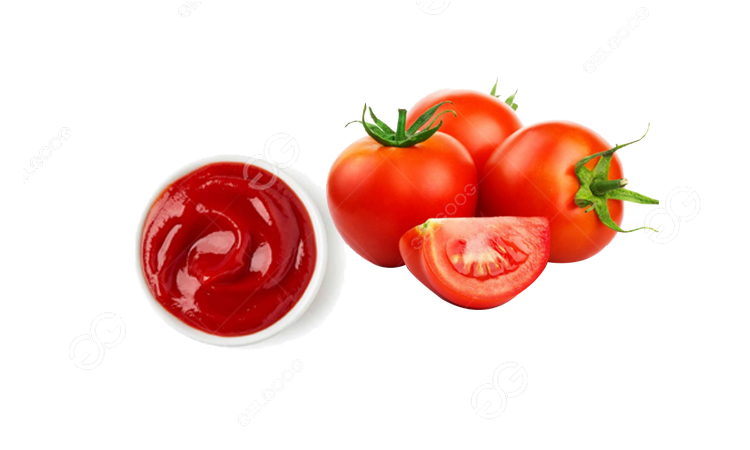What Is The Process of Production of Tomato Sauce?
Tomato sauce can enhances the flavors of countless dishes. While many of us enjoy the convenience of grabbing a bottle of tomato sauce from the store, have you ever wondered how this beloved condiment is produced on an industrial scale in a factory? The process of making tomato sauce is a fascinating journey that involves several key steps and a whole lot of tomatoes. In this article, we will delve into what is the process of production of tomato sauce.

Step 1: Tomato harvest
The journey of tomato sauce production begins with the harvest of ripe, high-quality tomatoes. Tomato farmers meticulously select and pick the ripest tomatoes, as the quality of the fruit plays a crucial role in the flavor and consistency of the final product. These tomatoes are usually grown specifically for sauce production and picked at the peak of their ripeness to ensure the best flavor.
Step 2: Washing and sorting
Once the tomatoes are harvested, they undergo a thorough washing process to remove any dirt or debris. After washing, they are sorted to remove any damaged or unripe tomatoes. The goal is to use only the best-quality tomatoes in the sauce-making process.
Step 3: Peeling and deseeding
To achieve the smooth, thick texture of tomato sauce, the tomatoes' skins and seeds must be removed. In a factory, this is typically done using steam or hot water to loosen the skin, making it easier to peel. The tomatoes are then passed through machines that separate the seeds and skins from the pulp.
Step 4: Cooking
The pulp, which is rich in natural tomato flavor, is transferred to large cooking vats. Here, the tomatoes are heated to break down the cell walls and concentrate the flavors. This process can take several hours and involves constant stirring to prevent burning or sticking.
Step 5: Seasoning
After the tomatoes have been cooked down to the desired consistency, various seasonings and additives are incorporated into the sauce. Common additions include salt, sugar, spices, and sometimes citric acid for preservation. The exact recipe for seasoning varies depending on the brand and type of tomato sauce being produced.
Step 6: Sterilization and packaging
To ensure that the tomato sauce has a long shelf life and is safe for consumption, it undergoes a sterilization process. The sauce is heated to high temperatures to kill any bacteria or microorganisms. Once sterilized, it is hot-filled into bottles, jars, or cans, depending on the packaging choice of the manufacturer.
Step 7: Labeling and quality control
Before the tomato sauce products leave the factory, they go through rigorous quality control checks. This includes inspecting the packaging for defects, ensuring the correct labeling and expiration dates, and checking the taste and consistency of the sauce.
The production of tomato sauce is a complex and highly controlled process that starts with the careful selection of ripe tomatoes and ends with a quality product ready to be shipped to stores worldwide. The process of production of tomato sauce is usually completed by a professional tomato sauce production line, which can better ensure the quality of ketchup.
